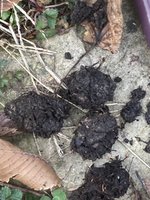leatherback
The Treedeemer
In fieldsoil, chances are good this will not happen. I have seen Yews that were not cleaned on the inside, and only on the cut ends where new roots. The core was as devoid of feeder roots as the day it was pulled from a field.when the tree has recovered and developed finer roots close to the trunk?













